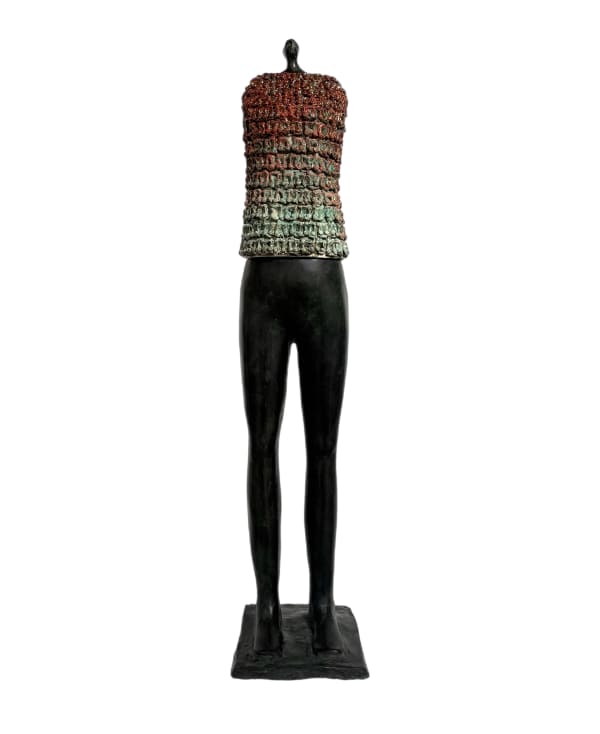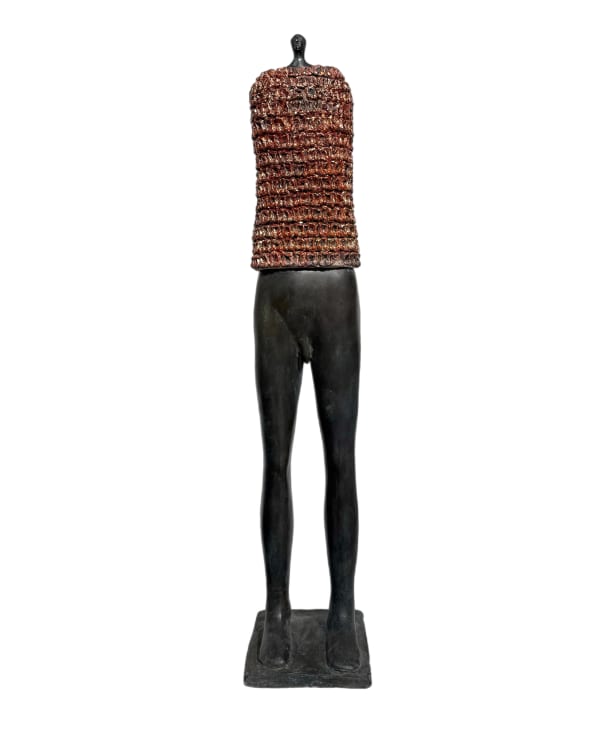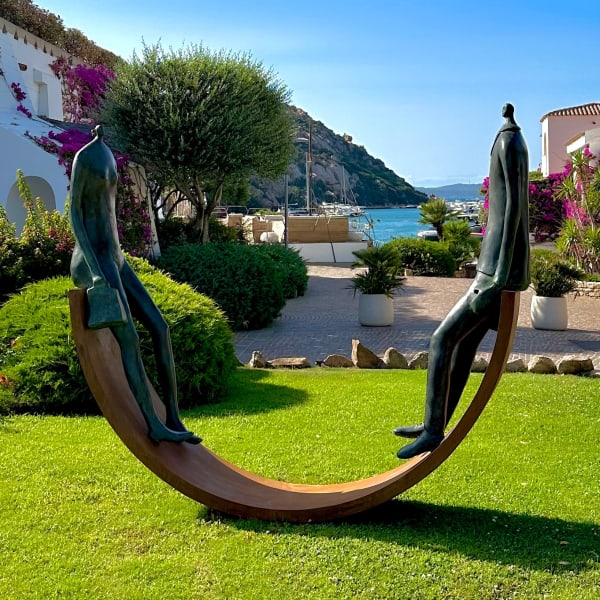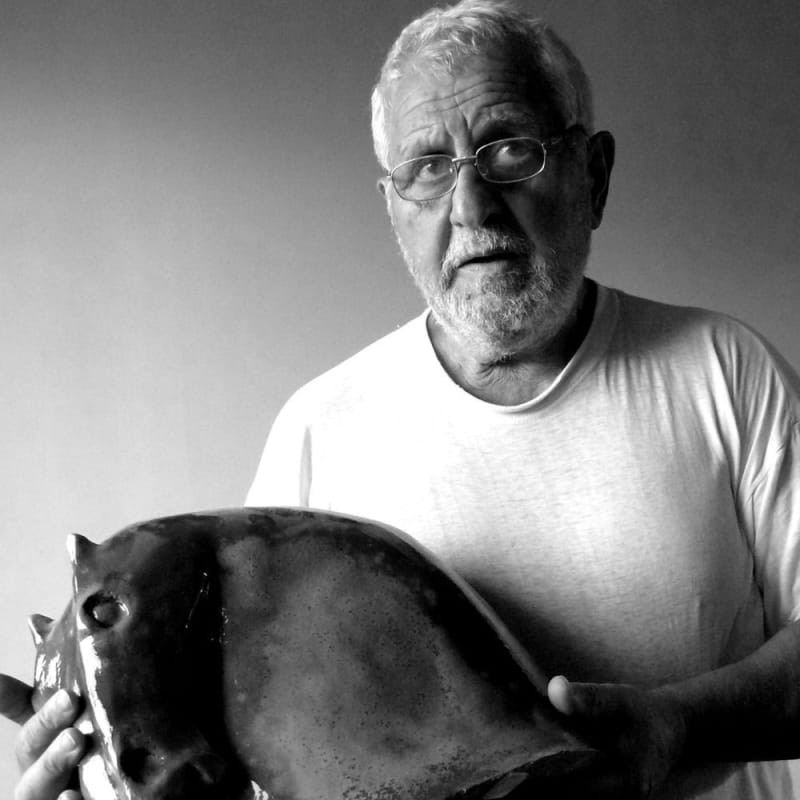Paolo Staccioli Italy, b. 1943
-
 Paolo StaccioliGuerrieraBronze (lost wax casting), Ceramich 110 cm
Paolo StaccioliGuerrieraBronze (lost wax casting), Ceramich 110 cm -
 Paolo StaccioliGuerrieroBronze (lost wax casting), Ceramich 110 cm
Paolo StaccioliGuerrieroBronze (lost wax casting), Ceramich 110 cm -
 Paolo StaccioliPalla con figure, 2023Bronze (lost wax casting), Corten steelh 145 cm, d 100 cm
Paolo StaccioliPalla con figure, 2023Bronze (lost wax casting), Corten steelh 145 cm, d 100 cm -
 Paolo StaccioliAltalena, 2010Bronze (lost wax casting), Corten steelh 180 cm, l 210 cm
Paolo StaccioliAltalena, 2010Bronze (lost wax casting), Corten steelh 180 cm, l 210 cm -
 Paolo StaccioliDue ArlecchiniLuster ceramich 45 cm
Paolo StaccioliDue ArlecchiniLuster ceramich 45 cm -
 Paolo StaccioliGirotondoLuster ceramich 46 cm
Paolo StaccioliGirotondoLuster ceramich 46 cm
Born in Scandicci in 1943, Paolo Staccioli entered the art world in the early 1970s as a painter, but it was in the 1990s—after an important formative experience in Faenza—that he fully embraced sculpture and ceramics, the languages most suited to his creativity.
His early exhibitions in the Florentine area soon gained him the favor of critics and collectors, thanks to his ability to transform clay into luminous, vibrant forms enhanced by lusterware colors and graphic marks. From his first vases—animated by dreamlike processions of horses—he moved on to figures such as harlequins, warriors, travelers, and dolls, which gradually broke free from the vase surface to become sculpture.
Drawing inspiration from Etruscan elegance and pre-classical expressiveness, while observing the contemporary world with irony and playfulness, Staccioli has created an original iconographic repertoire that transcends time. His sculptures, often imbued with a metaphysical balance, have grown in scale and majesty while preserving immediacy, enriched by washes of color that renew their vitality.
Alongside ceramics, he has also explored bronze, a medium that perfectly complements the formal and stylistic synthesis of his work. His studio in Scandicci remains a lively creative hub, where clay models, multicolored steles, and sculptures destined for exhibitions and collections continue to take shape, testifying to a career marked by constant invention and expressive freedom.









